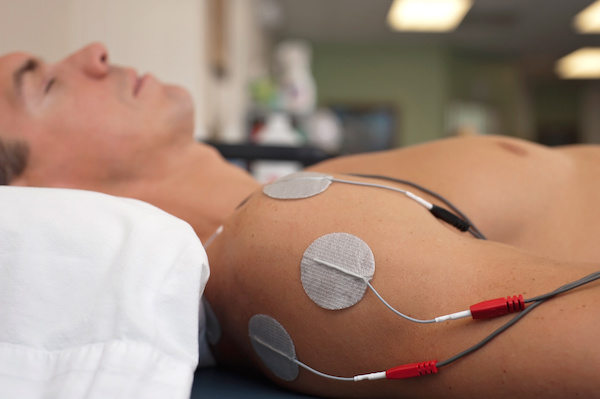
TUESDAY, April 6 (HealthDay News) — People with sickle cell disease often visit hospitals repeatedly in search of treatment, according to new research.
In eight states studied, researchers found that one-third of sickle cell patients who visited the hospital returned within 30 days in search of pain relief. Young people, between the ages of 18 and 30, were especially likely to seek care.
“I think it’s not so much a failure of the hospital itself, but a failure of us being able to prevent these complications and being able to treat them,” said Dr. George R. Buchanan, a pediatrics professor at University of Texas Southwestern Medical Center, who is familiar with the study findings.
An estimated 70,000 to 100,000 people in the United States have sickle cell disease, an inherited and often-painful condition that causes red blood cells to turn into a sickle shape. Blacks are most vulnerable to the disease, but other races can develop it too.
“The cells are very inflexible and they clog up the blood vessels,” Buchanan said. Oxygen fails to get to tissues in the bone, heart and brain, he said, often leading to severe pain — “like the pain of a heart attack” — and organ failure.
Stem-cell treatments can cure the disease, but “the problem is it’s risky and only a small minority of patients have a donor, usually a brother or sister, whose bone marrow matches theirs,” Buchanan said.
The new study, published in the April 7 issue of the Journal of the American Medical Association, aimed to determine how often sickle cell patients seek acute care from hospitals.
Researchers from the Medical College of Wisconsin and the Children’s Research Institute at Children’s Hospital of Wisconsin analyzed statistics from hospitals in eight states for the years 2005 and 2006. A total of 21,112 sickle cell patients visited the hospitals in Arizona, California, Florida, Massachusetts, Missouri, New York, South Carolina and Tennessee.
The researchers found 41 percent of patients aged 18 to 30 returned to hospitals within 30 days of visits in order to get relief for pain.
“What many people do not realize is that so many of these patients live with some level of chronic pain every day, which they try to control at home through various methods. It is when the pain becomes acutely worse, and debilitating, that they seek acute care,” said Dr. Claudia R. Morris, an attending physician at Children’s Hospital Oakland Research Center in California, who’s familiar with the study findings.
The people with sickle disease typically visited the hospital several times a year, and were more likely to do so if they were insured through government programs like Medicaid.
The rate of return visits to the hospital is “extraordinarily high,” more than doctors previously realized, and that suggests the quality of care received by patients “leaves something to be desired,” Buchanan said.
“We need more skilled providers interested in sickle cell disease and with knowledge about it to provide continuity of care to these individuals,” Buchanan noted.
Morris added that better access to specialty clinics would probably help patients insured by the government avoid so many hospital visits. And in the long run, she said, better care could save money.
“This study is important because it provides benchmark data to evaluate the quality of management of sickle cell disease symptoms,” said Dr. Carolyn M. Clancy, the director of the U.S. Agency for Healthcare Research and Quality, which helped fund the study.
“The next step is to determine why patients are being rehospitalized or seeking emergency department treatment at this rate and to make improvements in their care,” Clancy added in a news release.
More information
The Sickle Cell Disease Association of America has more details about the disease.

